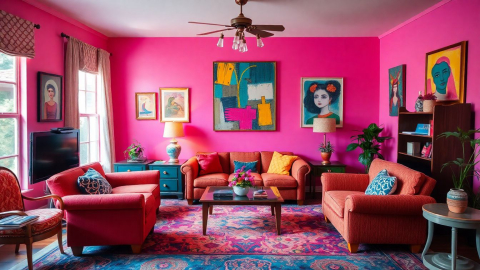Farmhouse Interior Design: Blending Rustic Charm with Modern Comfort
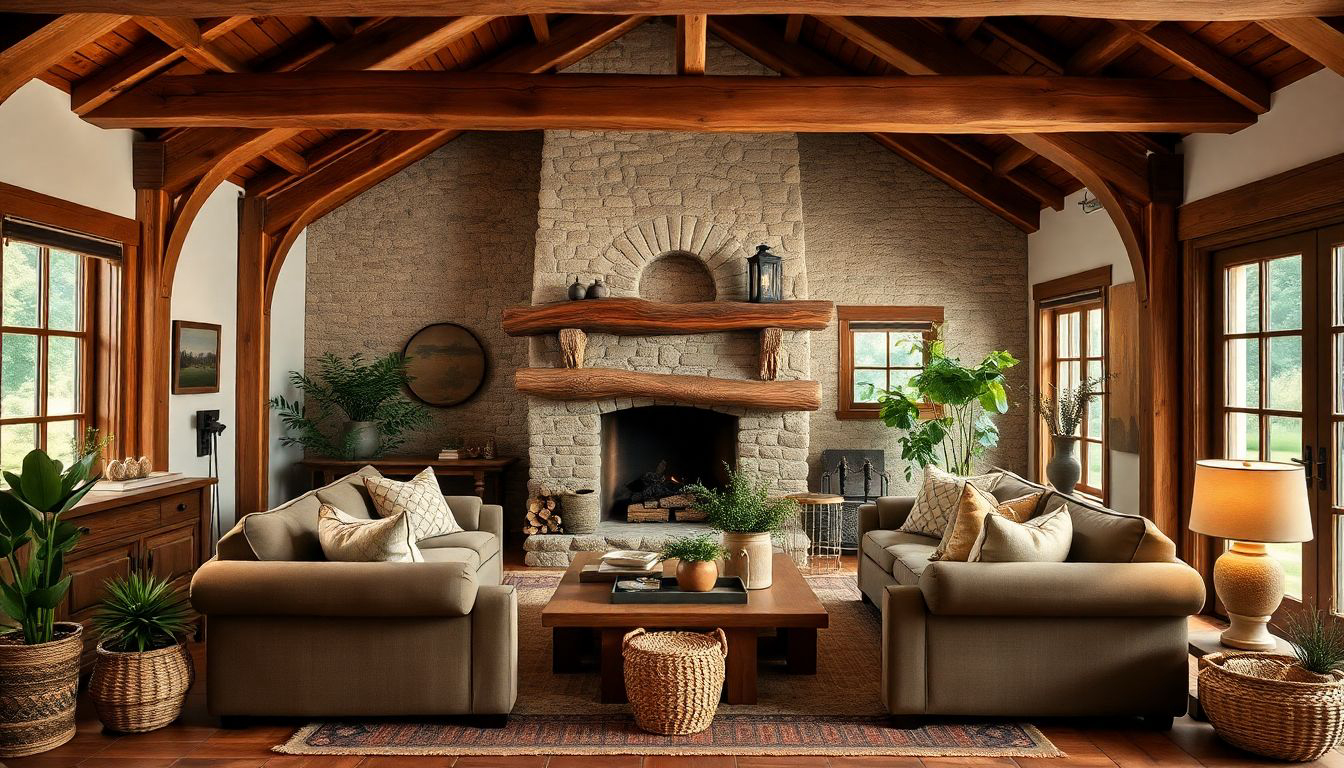
The allure of farmhouse interior design lies in its ability to create a warm, inviting atmosphere that feels both timeless and contemporary. This style has captured the hearts of homeowners and designers alike, offering a perfect balance between rustic charm and modern comfort. From the rolling hills of Piedmont, Italy, to the bustling suburbs of American cities, farmhouse design has evolved to meet the needs of diverse lifestyles while maintaining its core essence of simplicity and connection to nature.
In this comprehensive guide, we'll explore the nuances of farmhouse interior design, its evolution, and how you can incorporate this beloved style into your own home. Whether you're renovating an old farmhouse or bringing a touch of country charm to your urban dwelling, you'll find inspiration and practical tips to create a space that's both functional and aesthetically pleasing.
The Evolution of Farmhouse Style
From Utility to Aesthetic
Farmhouse style has come a long way from its humble origins. As interior designer Robert Stilin explains, "I do think farmhouses are a major part of the American vernacular, and that history makes them immediately familiar and relatable to a lot of homeowners." Originally born out of necessity, farmhouses were designed to be practical and efficient, using readily available materials like wood and stone.
Today's farmhouse interiors blend this utilitarian approach with modern sensibilities. The result is a style that honors its roots while embracing contemporary comforts. As Leanne Ford, an early proponent of the modern farmhouse movement, notes, "I think the modern farmhouse style started because people were actually fixing up old farmhouses with modern materials and then it started to resonate with other homeowners because it has the warmth and charm of vintage features and the livability of modern amenities."
The Rise of Modern Farmhouse
The modern farmhouse trend gained significant traction in the 2010s, largely popularized by Chip and Joanna Gaines through their television show "Fixer Upper." Their approach to renovating homes with a blend of rustic elements and contemporary finishes struck a chord with audiences nationwide, catapulting the style into mainstream popularity.
However, as with any trend, modern farmhouse design has continued to evolve. Designer Michael Del Piero observes, "The materials have evolved (less shiplap, perhaps) and the style itself feels much broader." This evolution has led to a more refined and versatile interpretation of farmhouse style, one that can be adapted to various settings and personal preferences.
Key Elements of Farmhouse Interior Design
1. Natural Materials and Textures
At the heart of farmhouse design is a celebration of natural materials. Wood, stone, and organic textiles play a crucial role in creating the warm, inviting atmosphere characteristic of this style. As Becky Shea, founder of Becky Shea Design, emphasizes, "It's really about a lifestyle and bringing that simpler, clean aesthetic to a home, and really focusing on what matters the most."
Incorporate these elements through:
- Wide-plank wooden floors
- Exposed wooden beams
- Stone fireplaces
- Linen or cotton textiles for upholstery and window treatments
2. Neutral Color Palette with Pops of Color
While traditional farmhouse interiors often featured bold colors, modern interpretations tend to lean towards a more neutral palette. This approach creates a calm, cohesive backdrop that allows statement pieces and natural elements to shine.
Elizabeth Drake, an interior designer, suggests, "The farm palette was so fun to develop. It included sunny yellows, like an egg yolk, green like the plantings, red from the barns and the multi-color of flower gardens." When incorporating color, consider using earthy tones that reflect the natural world outside.
3. Mix of Old and New
One of the most charming aspects of farmhouse style is its ability to blend vintage pieces with modern elements. This juxtaposition creates visual interest and depth in a space. As Ashli Mizell advises, "Be reverent to the age and character while thoughtfully considering the practical needs of daily life."
Consider pairing a rustic wooden dining table with modern chairs, or placing a contemporary light fixture above an antique sideboard. This blend of old and new prevents the space from feeling too themed or contrived.
4. Open and Airy Spaces
Modern farmhouse interiors often feature open floor plans and ample natural light. Large windows not only illuminate the space but also create a strong connection to the outdoors. As Elena Miroglio and Paul Grobler discovered in their Italian farmhouse renovation, "We opened up all these new windows to create views. Before, you could not see what was outside."
To achieve this airy feel:
- Consider removing non-load-bearing walls to create more open spaces
- Install larger windows or French doors to bring in more natural light
- Use light, reflective colors on walls and ceilings to enhance brightness
5. Functional and Inviting Kitchens
The kitchen is often considered the heart of a farmhouse home. It should be both functional and welcoming, a space that encourages gathering and conversation. Key elements of a farmhouse kitchen include:
- Apron-front (farmhouse) sinks
- Open shelving or glass-front cabinets
- Large islands or farmhouse tables for food preparation and casual dining
- Industrial-style lighting fixtures
As Lauren Williams of MV Architects notes, "When it comes to the latest kitchen trends, there's no doubt that the farmhouse, or apron sink, is one of the most popular choices for the modern farmhouse aesthetic."
Incorporating Farmhouse Style in Modern Homes
Blend with Existing Architecture
You don't need to live in an actual farmhouse to embrace this style. The key is to incorporate elements that complement your home's existing architecture. For urban dwellings, consider adding rustic touches through furniture and decor rather than making major structural changes.
Focus on Comfort and Functionality
At its core, farmhouse style is about creating a comfortable, livable space. As Robert Stilin points out, "There's also a humbleness and simplicity in the design of farmhouses that really lends itself to comfortable, easy living." Prioritize cozy seating arrangements, practical storage solutions, and durable materials that can withstand daily use.
Embrace Imperfections
One of the charms of farmhouse style is its embrace of imperfections. Weathered wood, patinated metals, and slightly worn textiles all contribute to the lived-in feel of a farmhouse interior. Don't be afraid to incorporate pieces that show signs of age or use – they add character and depth to your space.
Bring the Outdoors In
Connecting with nature is a fundamental aspect of farmhouse design. Incorporate plants, natural fibers, and organic shapes to bring a sense of the outdoors into your home. As Kirsten Krason of House of Jade suggests, "Our favorite thing about the bed and the bedding is that it can still be beautiful even if it's not made. Everything looks heavenly and cozy even if the sheets aren't perfectly straight!"
The Future of Farmhouse Design
As we look to the future, farmhouse style continues to evolve. There's a growing emphasis on sustainability and eco-friendly design choices, which aligns well with the farmhouse ethos of simplicity and connection to nature. We're also seeing more regional interpretations of farmhouse style, with designers incorporating local materials and traditions to create unique, place-specific interiors.
The farmhouse aesthetic is likely to continue its trend towards minimalism, with a focus on quality over quantity. As homeowners seek to create calm, nurturing environments, the warmth and authenticity of farmhouse design will remain appealing.
In conclusion, farmhouse interior design offers a timeless approach to creating a home that's both beautiful and functional. By blending rustic elements with modern comforts, and focusing on natural materials and textures, you can create a space that feels both grounded and contemporary. Whether you're renovating an old farmhouse or bringing a touch of country charm to a city apartment, the principles of farmhouse design can help you create a home that's truly your own.
References and Further Reading
- Architectural Digest - Farmhouse Style: Everything You Need to Know About This Functional and Cozy Aesthetic
- Apartment Therapy - 21 of the Most Charming Farmhouse Style Homes of All Time
- Decorilla - Modern Farmhouse Interior Design: 7 Best Tips To Create Your Own
- Forbes - Your Guide to Farmhouse Design
- Livingetc - The modern farmhouse look in interior design explained, with 7 easy ways to get it right
These resources offer additional insights, examples, and tips for incorporating farmhouse style into your home design.
More Articles
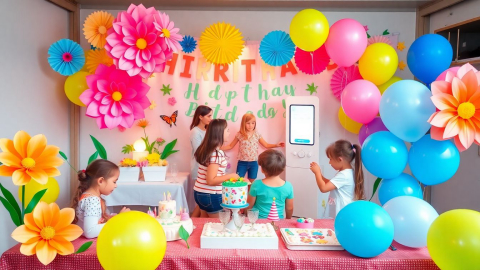
Crafting Unforgettable Birthday Celebrations: Trends and Tips for 2024
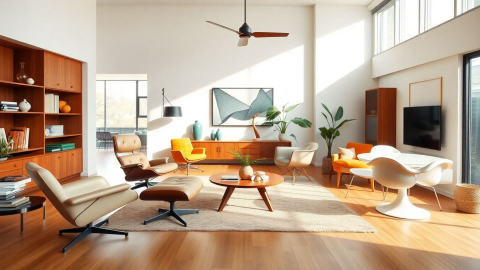
The Timeless Allure of Mid-Century Modern Interior Design: A Comprehensive Guide
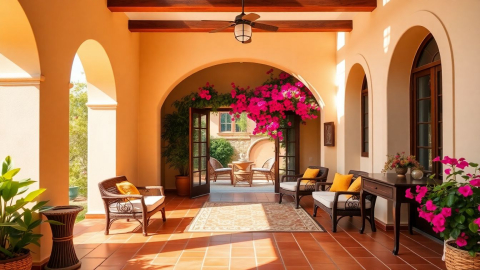
Embracing the Warmth of Mediterranean Interior Design: A Comprehensive Guide
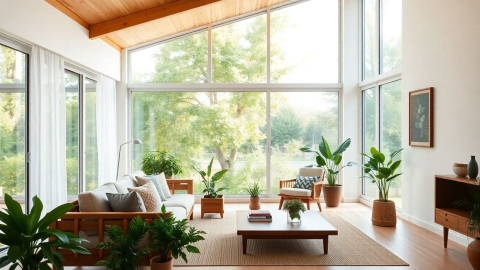
Biophilic Interior Design: Nurturing the Human-Nature Connection in Modern Spaces
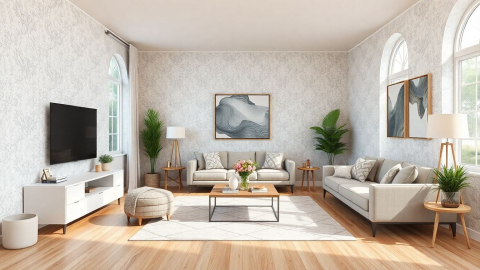
Revolutionizing Interior Design: Harnessing the Power of AI for Stunning Spaces
